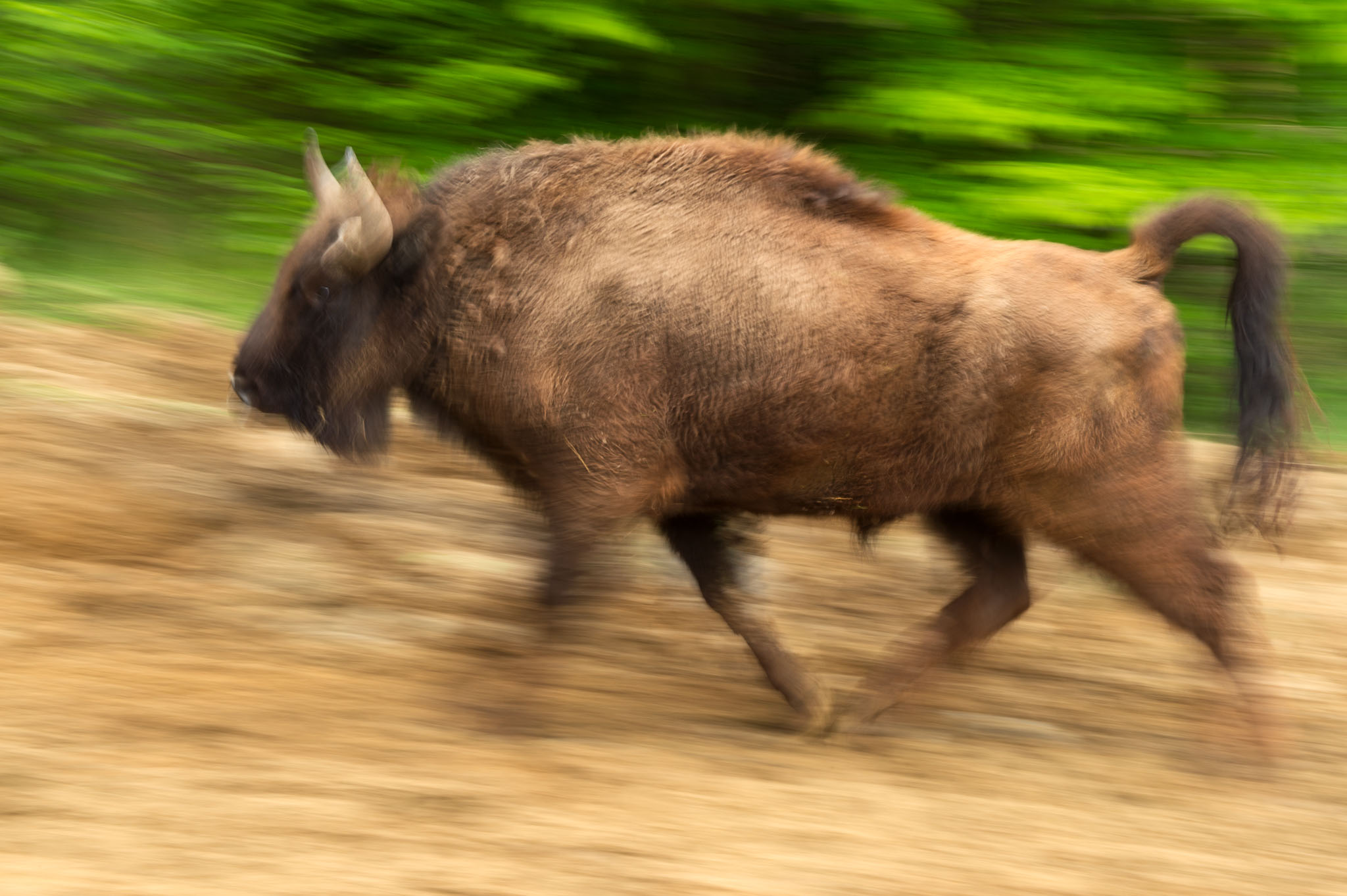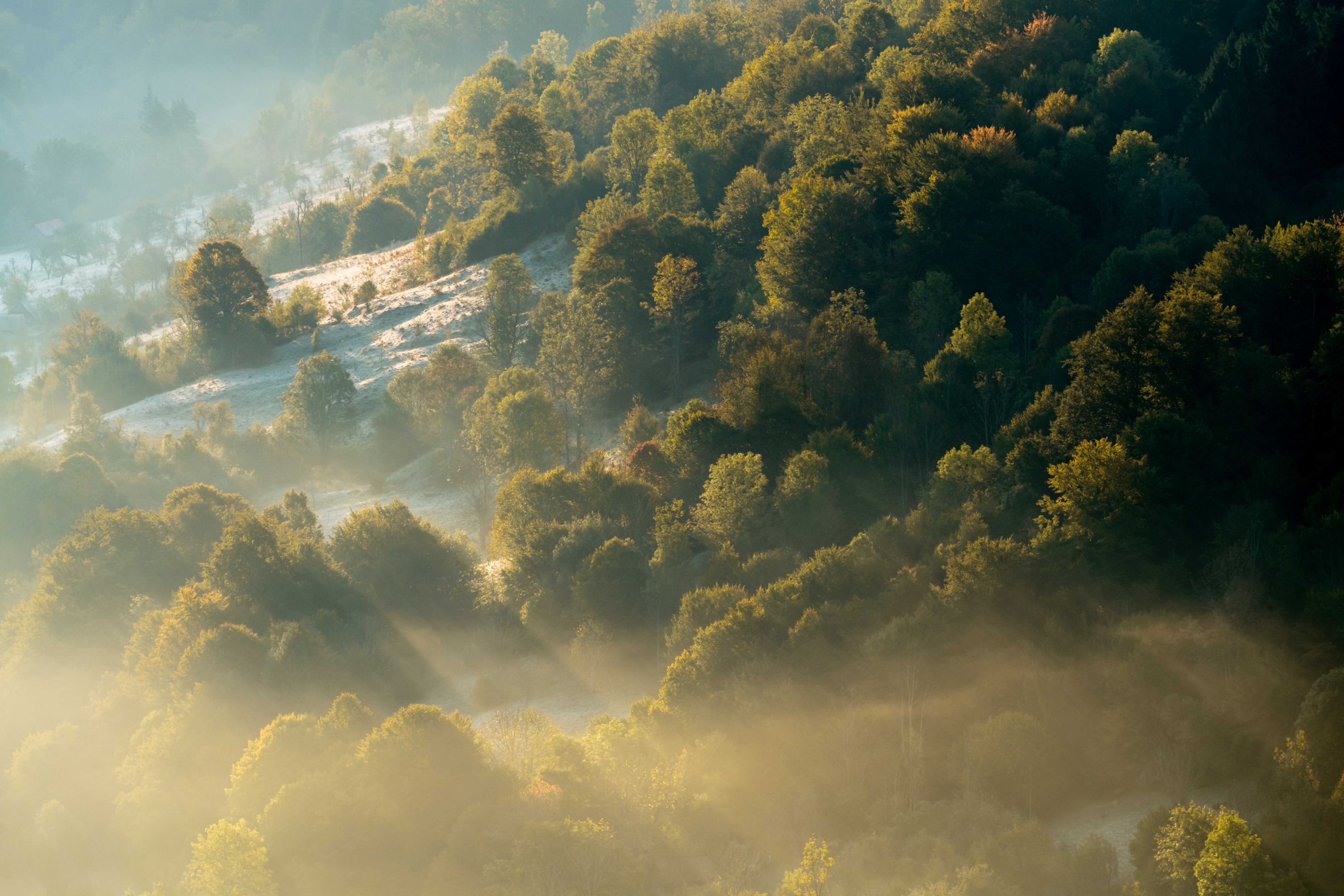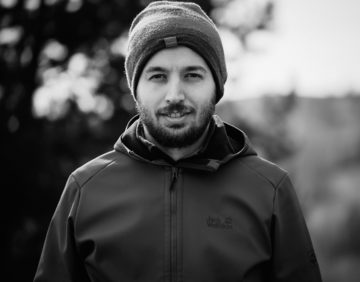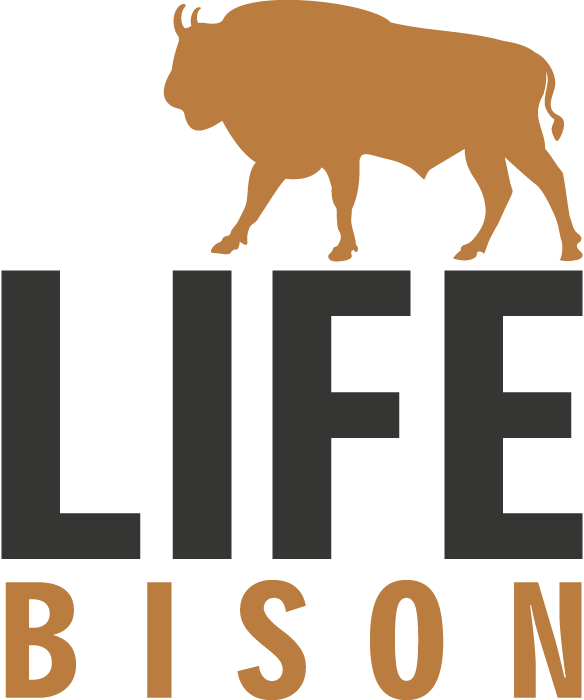Impactful imagery and powerful presentations captivate new audiences with the story of bison rewilding in the Southern Carpathians.

The focus of this year’s festival was nature photography. The bison exhibition added a touch of novelty, with its story of the reintroduction of a once near-extinct species with deep historical roots in Romanian culture. Titled “The biggest land mammal in Europe returns to the Southern Carpathian wilderness”, it contained images taken since 2014 by Romanian and international professional photographers. This including imagery commissioned as part of the LIFE Bison project to capture the essence of the project and its developing social and cultural context.
The bison exhibition will now continue its journey through rural and urban areas in Romania until 2021, with regularly updated photographic content showcasing project development. Those that missed the chance to see it can view an online snapshot here.

The bison reintroduction story was given life, not only by the exhibition itself, but also through two lectures given by Daniel Mîrlea – a professional photographer who has collaborated with the LIFE Bison team for the last two years – and Florin Hălăștăuan, a LIFE Bison project officer and bison ranger coordinator.
Daniel Mîrlea presented his six-month experience at the Bison Hillock in 2017, working as part of the first WWF annual team supported by the WWF International Internship Programme. Mîrlea acted as the team’s content generator, following other young team members in their mission to map out potential human-bison conflict zones, analyse bison behaviour, and propose ways to mitigate such conflict. He documented his mission through photography and video, which can be viewed on the Southern Carpathians Youtube channel (“Our week in pictures” 2017 series). Tracking animals and visiting neighbouring nature and national parks enabled Mîrlea to sharpen his nature photography skills and gain a unique insight into the lives of the bison and functioning of the local ecosystem.

Florin Hălăștăuan gave extra flavour to the talk by presenting the everyday work of the rewilding area’s bison rangers. These are responsible for bison monitoring, maintaining rewilding infrastructure, helping out with bison transportation, and interacting with local communities and visitors. Hălăștăuan presented this less well-known but nevertheless essential side to the bison comeback story, and went on to explain the ecological importance of the European bison and the local development opportunities that reintroduction of the species is generating.
Back from the brink
Once widespread across Europe, wild European bison were driven to extinction in the early twentieth century by hunting and habitat loss. Since 2013, Rewilding Europe and WWF Romania have been working together in the Southern Carpathians rewilding area to reestablish free-roaming populations of this iconic animal. The first two bison releases took place in 2014 and 2015 in the Țarcu Mountains, close to the small town of Armenis. In June 2016, a third bison release took place here as part of the LIFE Bison Project, with annual releases now ongoing. Earlier this year another 23 bison were released into the wild, including 14 animals at a second rewilding site in the Poiana Ruscă Mountains.
The overall objective of the LIFE Bison project, which runs until 2021, is to establish a wild bison population that is demographically and genetically viable by reintroducing a total of 100 individuals at the Poiana Ruscă and Țarcu Mountains Natura 2000 sites. These animals are  being sourced from zoos, breeding centres and nature reserves across Europe, and also from Romanian reserves such as Vama Buzăului.
being sourced from zoos, breeding centres and nature reserves across Europe, and also from Romanian reserves such as Vama Buzăului.
